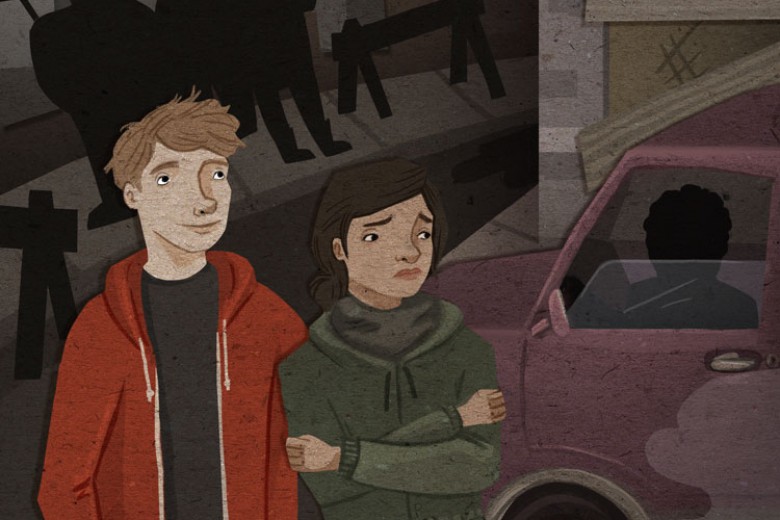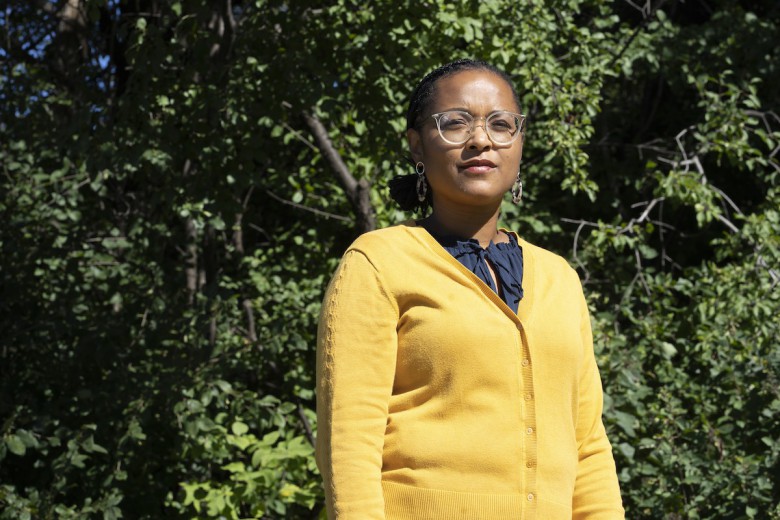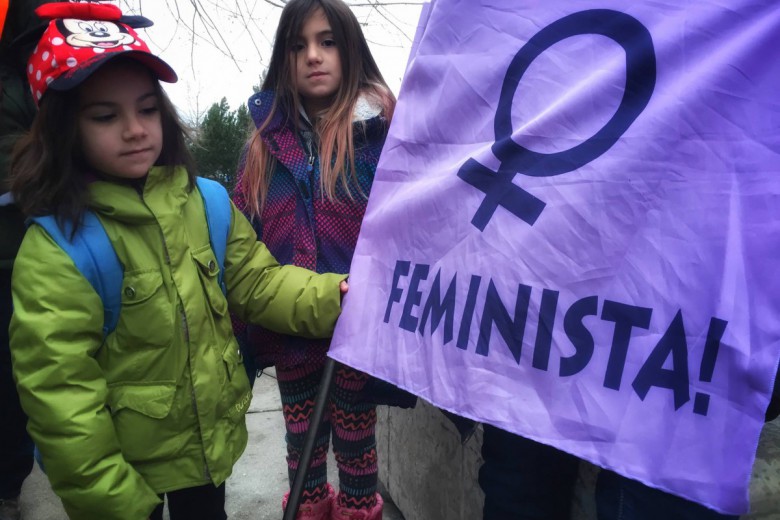Making Space for Aboriginal Feminism
Joyce Green, editor
Fernwood, 2007 (forthcoming)
Making Space for Aboriginal Feminism is a lively, important, and cutting-edge collection of essays that demonstrates the depth, scope and political complexity of contemporary indigenous feminism.
To date, much of the scholarship about indigenous women effectively ghettoizes indigenous women’s issues into the constraining mantles of poverty, preservation of culture, violence, and reproduction and family. There is little in these works that suggests indigenous women have much to offer as women and intellectuals to the aboriginal political discourse.
The reality, as the contributors make clear, is that if any decolonizing is really going to take place, indigenous women must be part of it. External oppressions cannot be effectively challenged without simultaneously challenging internal oppressions—those operating within the indigenous group. In other words, how can an indigenous group advocate the establishment of non-oppressive external relations with state governments while some members remain oppressed within the group?
The book is divided into three sections. The first two are very strong in new approaches to theory and analysis, while the third, composed of a number of in-depth interviews, offers rich and insightful narratives of indigenous women’s work and experiences in the political trenches.
A few of the many highlights to be found in the book are its fearless and absolutely necessary challenge to the notions of idealized “matriarchal” societies founded on “harmony and balance,” its linking of indigenous women’s issues to the larger political contexts of global capitalism and political resistance, and the space it creates for indigenous women to be critical of other indigenous women’s work as well as of the aboriginal political structures in Canada. Contributors challenge the notion that oppression of indigenous women today is simply a consequence of colonialism, and provide some useful analysis of indigenous women’s general reluctance to articulate their struggles in terms of feminism. Furthermore, they challenge the notion that “tradition” per se must be protected and preserved as “sacred” if that tradition is in fact sexist and used to maintain unequal power relations.
Overall, the book contributes new indigenous feminist theory that adds to the indigenous intellectual capacities to move beyond merely reacting to colonization. While the fight against colonialism is absolutely necessary as long as its oppressive grip on indigenous peoples continues, we must realize that indigenous peoples’ consciousness does not have to be entirely formed either by the oppression of colonization nor by our resistance to it. Rather, indigenous peoples must ask, “Who are we beyond colonialism?”






